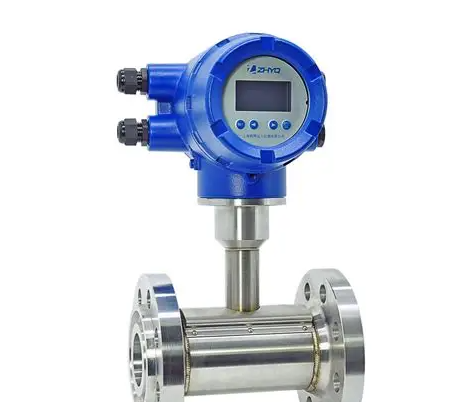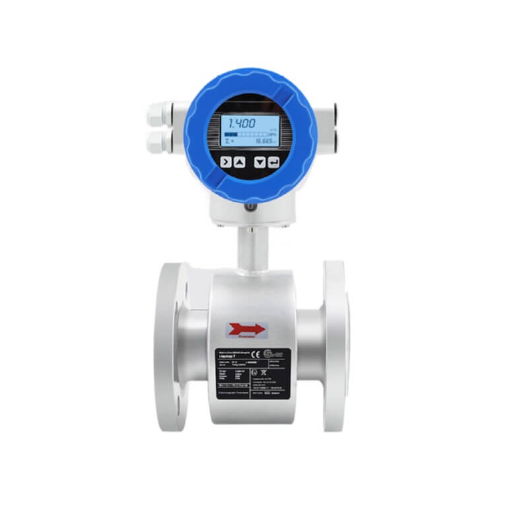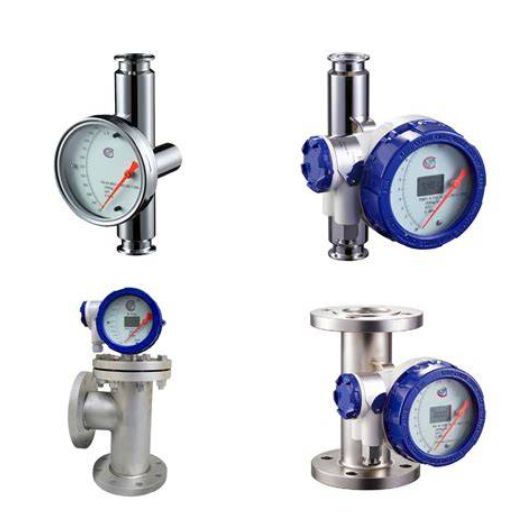medidor de flujo
A flow meter is an instrument used to measure the flow rate (volume/mass per unit time) of liquids, gases, or slurries in pipelines. Key applications include: Oil & Gas: Well production monitoring, custody transfer Water/Wastewater: Consumption measurement, leak detection Chemical Processing: Batch control, dosing HVAC: Chilled water flow monitoring
- Marca: alegría del sol
- SKU: 200
- Envío:
- Política de devolución: <div class="return-policy"><h2>Política de devolución sin riesgo</h2><p> ¿No estás 100% satisfecho? Facilitamos las devoluciones.</p><div class="highlight-box"><h3>
Saber más
Flow Meters
1. Overview
In the petroleum industry, flow meters are critical measurement devices, often regarded as the "eyes" of industrial processes. They are used to measure the flow rate, total volume, or velocity of fluids (crude oil, natural gas, refined products, water, and various chemicals) in pipelines or open channels, either continuously or intermittently. Accurate flow measurement is decisive for process control, custody transfer, equipment efficiency evaluation, and safety & environmental protection.
2. Main Measurement Types & Common Flow Meters
Petroleum processes are complex with varying fluid properties, necessitating a variety of flow meter types:
Crude Oil Measurement:
Positive Displacement (PD) Meters: e.g., oval gear meters, twin-rotor meters. They measure total volume by precisely counting cycles of filling and emptying known volumes. They offer high accuracy and are commonly used for custody transfer of crude oil.
Ultrasonic Flow Meters: Particularly multi-path ultrasonic meters, are increasingly used in large crude oil transmission lines due to their no pressure drop, high accuracy, and wide rangeability.
Coriolis Mass Flow Meters: Measure mass flow directly, unaffected by changes in temperature, pressure, or viscosity. They are also used for precise measurement of high-value crude.


Natural Gas Measurement:
Orifice Plate Meters: A traditional and widely used differential pressure (DP) meter. They are simple, reliable, and often used for custody transfer and process monitoring of gas, requiring pressure and temperature transmitters for compensation.
Ultrasonic Flow Meters: Have become a new standard for gas custody transfer. With no moving parts, no pressure loss, and wide rangeability, they are ideal for large-diameter pipeline measurement.
Turbine Flow Meters: Feature high accuracy and repeatability, often used for medium and small gas flow measurement.
Refined Product Measurement:
Positive Displacement (PD) Meters and Turbine Flow Meters are the mainstream instruments for measuring products like gasoline and diesel in refineries and storage terminals, used for tank farm transfer and truck/ship loading (custody transfer).
Water & Special Fluids Measurement:
Magnetic Flow Meters: Designed specifically for conductive liquids, such as produced water, injection water, and drilling mud in water injection wells.
Coriolis Mass Flow Meters: Can also measure density simultaneously, used for precise additive injection (e.g., demulsifiers) and water cut estimation.
3. Core Importance
Custody Transfer: This is the highest-accuracy application, involving financial settlement between companies or across borders. It requires meters with exceptional accuracy, repeatability, stability, and compliance with international standards (e.g., API, AGA, ISO).
Process Control: Real-time flow monitoring and control optimizes production parameters, ensures equipment operates under optimal conditions, and improves recovery rates and efficiency.
Safety & Environmental Protection: Monitoring pipeline leaks (via flow imbalance), controlling harmful gas emissions, and precisely measuring water injection volumes are crucial for safety and environmental compliance.
Resource Management & Evaluation: Measuring oil, gas, and water phases from wellheads (test separation) is used to assess reservoir performance and well productivity.

4. Challenges & Trends
Challenges: Handling complex conditions like high viscosity, waxing, sanding, and multiphase flow; ensuring long-term stability under high pressure, high temperature, and corrosive environments.
Trends: Moving towards higher accuracy, intelligence, and digitalization. This includes using multi-sensor fusion technology (e.g., Coriolis), providing richer diagnostic information (e.g., ultrasonic meters), and integrating the Internet of Things (IoT) for remote monitoring and predictive maintenance.